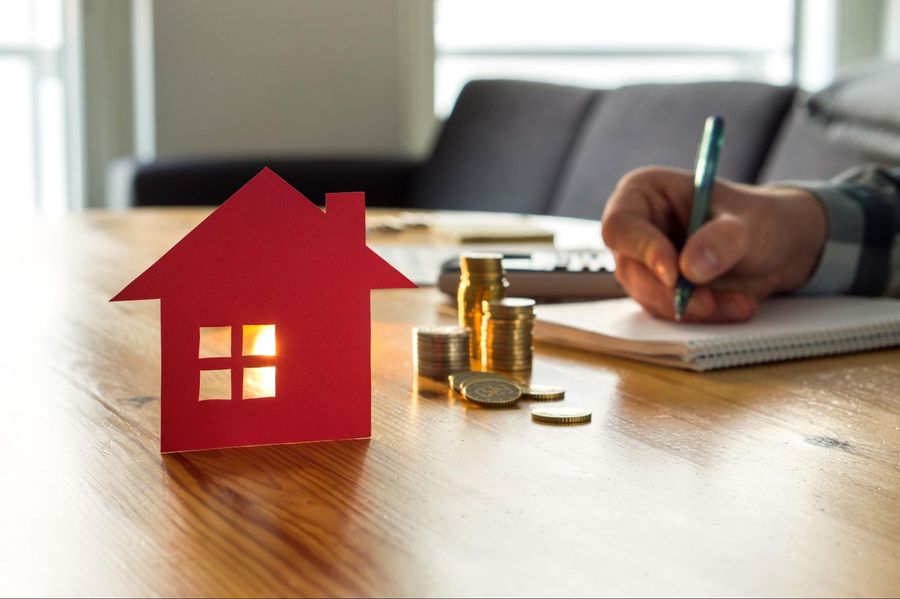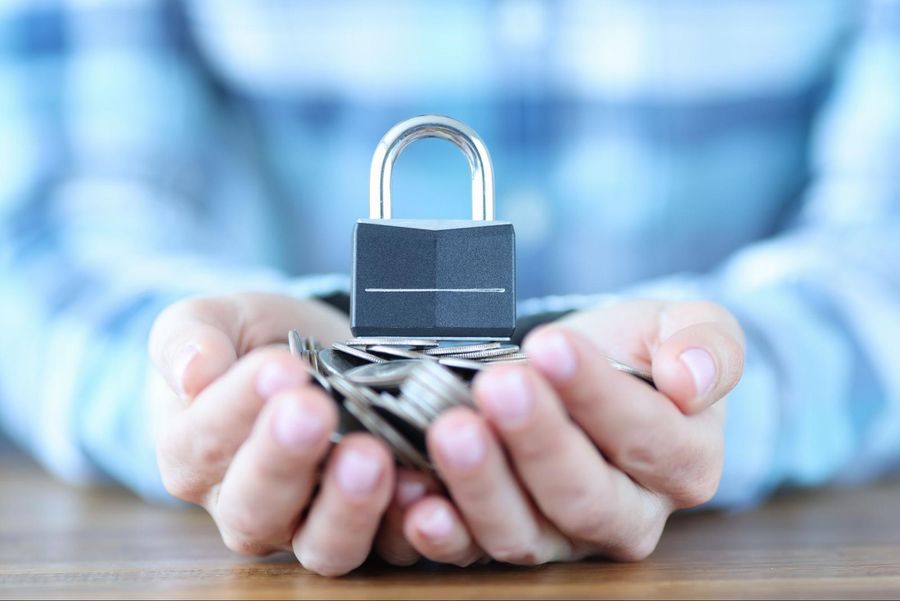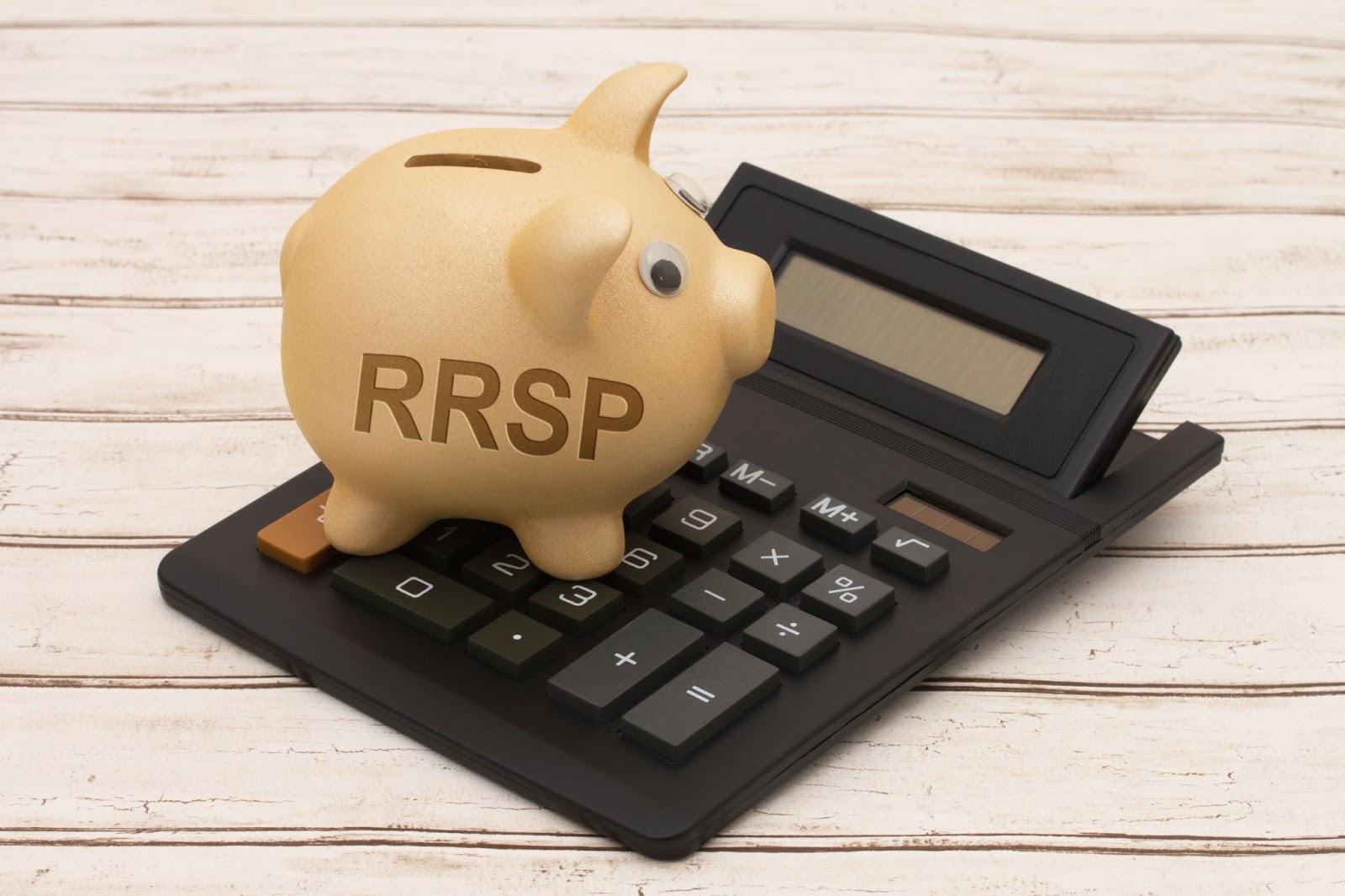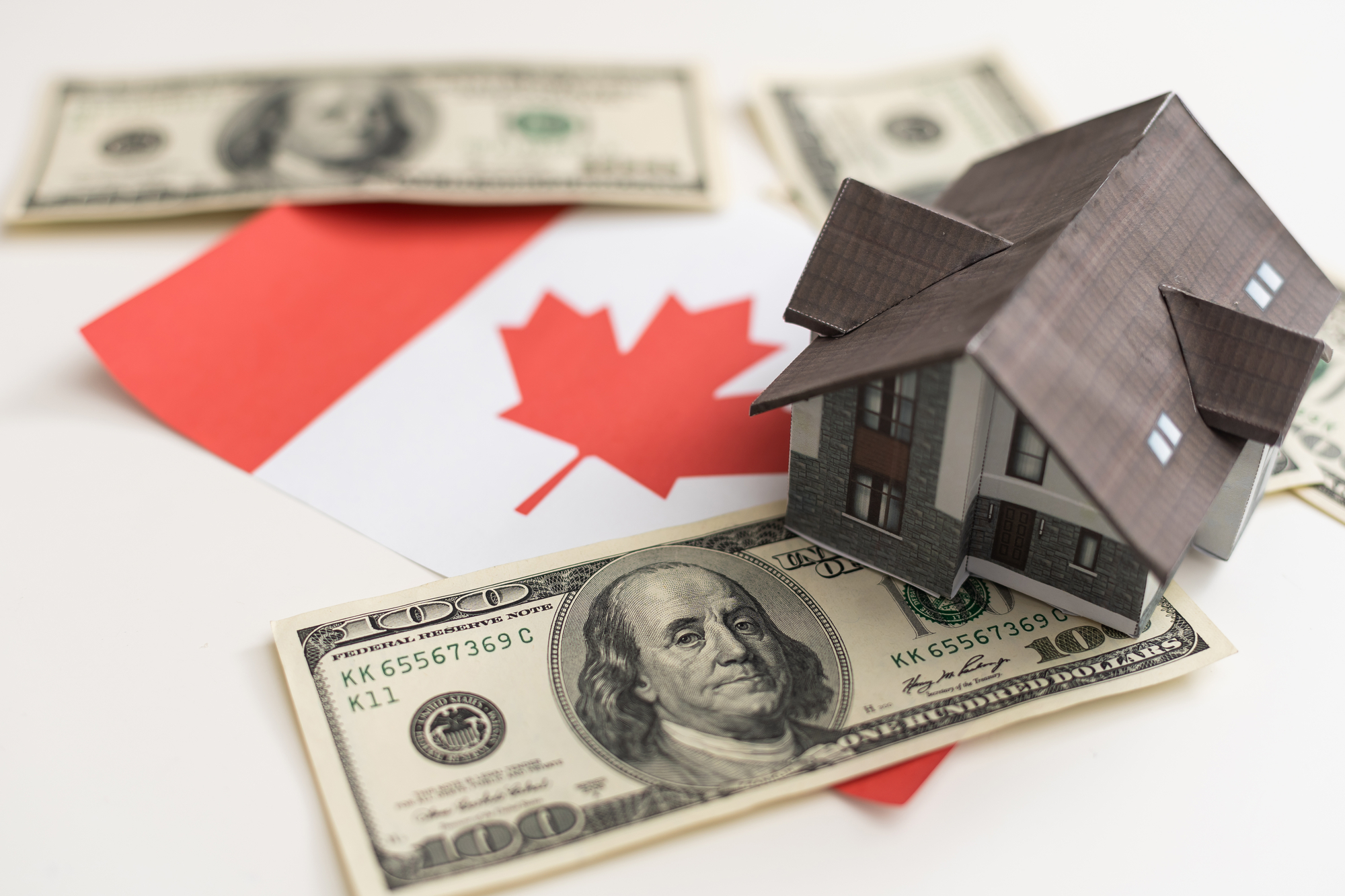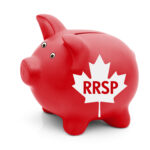If you want to buy a home, the first thing you will need to do is save up for a down payment. With the high cost of a home, this can be a difficult task for many Canadians, especially for first-time homebuyers who are younger and less established financially. In order to help ease the transition into homeownership, the government has created programs to help new home buyers achieve their dream easier. One such program is the Home Buyer’s Plan.
Let’s take a look at this program, how it works, who is eligible, and how it can benefit you.
What is the Home Buyers’ Plan (HBP)?
The Home Buyers’ Plan is a program that allows first-time homebuyers to withdraw an amount from their RRSP, tax-free, to put towards buying a home. The Home Buyer’s Plan was first created almost 30 years ago in February of 1992 by the government of then Prime Minister Brian Mulroney, showing that Canadian home affordability has been a concern for a long time.
In order to keep in line with a changing market, the amount able to be withdrawn under the HBP has changed over the years. Initially, it was only $15,000 but was later raised to $25,000, and later to $35,000.
What is a Registered Retirement Savings Plan?
Registered Retirement Savings Plans, also known as RRSPs, is a type of account designed to help Canadians save for retirement. The RRSP account was first introduced in 1957 and has been popular with Canadians since then. A Canadian resident may open an RRSP and may contribute a set amount per year. This amount is then tax-deductible, saving you money on your yearly income taxes.


Any income generated by the account, such as through stocks or bonds, is not taxed. Withdrawals from an RRSP are taxed as income, unless under special circumstances like the Home Buyer’s Plan. At the age of 71, any Canadians’ RRSP must be converted to a registered retirement income fund (RRIF).
How can I use the Home Buyers’ Plan for my down payment?
Officially, the Home Buyers’ Plan allows you to withdraw money from your RRSP savings in order to “buy or build a qualifying house”. In practice, the most common use is to withdraw for the purpose of a down payment. Both the buyer and a spouse or common-law partner may withdraw $35,000 resulting in a total possible $70,000.
However, this is not a free withdrawal. First of all, you need to actually have $35,000 in your RRSP, which for anyone struggling to save for a down payment is already unrealistic enough. Further, you will be required to pay back this withdrawal over a set period of time. Finally, you are withdrawing against your retirement funds, which may be okay for someone earlier in life, but should be carefully considered as someone who is closer to retirement age.
Do I qualify for the Home Buyers’ Plan?
The HBP is intended for first-time homebuyers, which the Canada Revenue Agency defines as someone who has not owned or occupied a home owned by themselves or their spouse in the last four years. This means technically you can be a first-time homebuyer if you have owned a house before, and that you can actually claim the HBP more than once in your life. You must also intend to live in the home as your principal residence within one year of making the purchase.
There are two other cases in which you may be eligible for the HBP. The first is if you are buying or building a home on behalf of, or to assist, a relative with a disability. The other way you may be eligible is if you have experienced a breakdown in the relationship with your spouse or common-law partner resulting in you no longer owning a home or living in your spouse’s home.
Conditions for all three of these eligibility requirements can be complicated, so be sure to consult the government website on the topic or talk to a financial advisor before withdrawing anything from your RRSP.
How do withdrawals work?
You may withdraw any amount up to $35,000 and you may make this withdrawal all at once, or in a series of withdrawals in the same calendar year. In order to withdraw funds from your RRSP account, they must have been contributed more than 90 days prior to the contribution. In addition, in order to ensure you do not pay taxes on your RRSP withdrawal, you must fill out a T1036 form in order to request to withdraw from your RRSP.
How do repayments work?
Once you withdraw funds under the HBP you have two years in which you do not have to make any payments towards your loan. Following that two-year period, the loan must be repaid over a period of 15 years. You may repay any amount towards your HBP withdrawal at any time, including in the two-year period before scheduled payments are set to begin.
You will be required each year to contribute a minimum amount into your RRSP to go towards your HBP. This minimum is based upon the total remaining balance, divided by the number of years remaining. If you took out the maximum amount and paid the minimum contributions, you would pay about $2,300 per year or $195 in monthly payments. Any amounts that are contributed towards repaying your HBP will not count towards your total yearly RRSP contribution amount.
What if you fail to make payments for your HBP?
If you fail to make payments according to the dates of your repayment schedule, the amount will still be removed from your owed balance, however, the unpaid amount will simply be taxed as RRSP income on your yearly taxes as if it were a regular withdrawal.

As with the qualification rules above, there are special conditions for various different circumstances, and you should carefully review all of the terms before you make an HBP withdrawal.
Can I borrow from my RRSP to pay off my mortgage?
Your funds withdrawn under the HBP are intended to help you with the purchase or . If you are making mortgage payments, you already own the house, in which case you will not be eligible for this incentive. You can still withdraw from your RRSP, but will be taxed for the amount you take out.
Borrowing from the RRSP without RRSP savings
If you do not have substantial RRSP savings to withdraw towards your home purchase there are still ways to take advantage of the HBP. Firstly, you can withdraw any amount, so don’t feel like you need to have a full $35,000 saved. There is also an option to receive a loan from a financial institution in order to contribute it to your RRSP, only to then withdraw it through the HBP, repay the loan, and contribute the resulting tax return to your home purchase. This option can be pretty complicated, however, for minimal benefit.
Should I borrow from my RRSP?
Ultimately, the choice to utilize the HBP is up to you and you should base the decision on your own financial situation. You also need to remember that you are making a 15 year commitment, and are borrowing against your own retirement fund.
If you only make small RRSP contributions every year, you will essentially be missing out on 15 years of retirement savings. The faster you can pay off your HBP the better. If you only need a small amount to beef up your down payment and avoid paying CMHC mortgage insurance for the HBP may be a good option for you. On the other hand, if you are buying a new home close to retirement, it may not be a good choice for you, as those funds will be better off saved for later.
Corben joined CREW as a relative newcomer to the field of real estate and has since immersed himself and learned from the experts about everything there is to know on the topic. As a writer with CREW, Corben produces informative guides that answer the questions you need to know and reports on real estate and investment news developments across Canada. Corben lives in Guelph, Ontario with his partner and their two cats. Outside of work, he loves to cook, play music, and work on all kinds of creative projects. You can contact Corben at corben@crewmedia.ca or find him on Linkedin at https://www.linkedin.com/in/corbengrant/.



